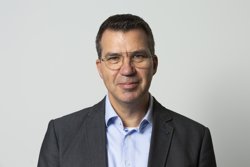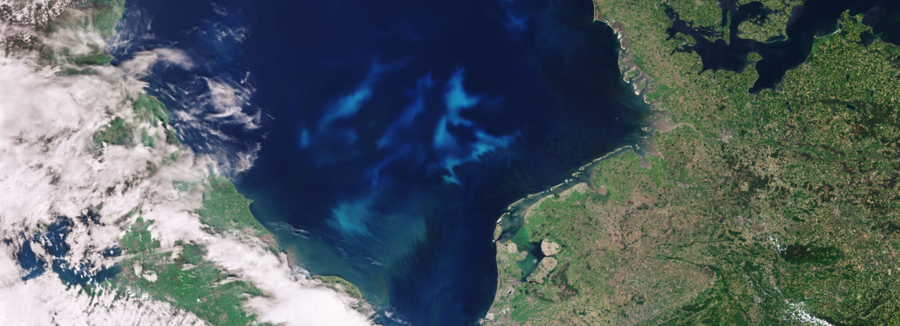'At the ministerial conference in 2022, we must excel'
How do you create a single European space program with 22 member states, where each one comes into its own? That is the major challenge facing the European Space Agency (ESA) this year. In November, ESA will present its plans to the ministers responsible for space in those 22 member states at the ESA ministerial conference that takes place once every three years. In the meantime, ESA is kept on course through programme boards. And the Netherlands is also on board, sometimes even as chairman or vice-chairman of such a programme board.
How does this work exactly and what happens in such a programme board? A short series of chairmen and vice-chairmen who wield the gavel on behalf of the Netherlands in ESA programme boards.
Space is playing an increasingly important role in our daily lives. As Vice-Chairman of the J
Bert Meijvogel, Senior Advisor Knowledge Transfer and Telecom at NSO and Vice-Chairman of the Joint Board on Communication Satellite Programme (JCB)
oint Board on Communication Satellite Programs (JCB), Bert Meijvogel is working on the future of (commercial) space.
You have been a member of the JCB program board for almost twenty years. What major changes have you seen during that time?
'Twenty years ago, satellites were mainly used for the transmission of telephone and television signals. Today we use satellites for broadband internet and for countless other applications in our daily lives. It was also a time when ESA developed satellites with new capabilities, which industry could then use. Now, ninety percent of all activities are initiated by industry. In that sense, space has taken on a much more commercial character.'
Have these changes also changed the work of the JCB?
'In terms of content, certainly. After the last ministerial conference, held once every three years when ESA's member states set the course for the future, our program has been shaken up. Four pillars now form the core of our activities: technology development, applications, partnerships and market studies. In addition, there are three focus areas with topics that are topical right now: integration of satellites with the 5G network, secure satellite links and optical communications.'
Where do you expect the biggest developments in the upcoming period?
‘Definitely in optical communications. Satellites will communicate with each other and with the ground via laser, instead of radio signals, as they do now. Optical communication is more secure and it offers more capacity. That's important, because the radio spectrum is starting to get crowded with mobile communications and wireless networks on Earth.'
And when it comes to stimulating commercial applications, what should we be thinking about?
'Our program council is about applications and services that need one last push to be exploited as commercial applications. A good example is medical support at sea: doctors who can help a patient in the middle of the ocean thanks to satellite communication from the mainland. But also, for example, an application that uses satellite data to advise farmers in potato cultivation: where can they take action to ensure that the harvest does not lag behind. A recent achievement is the new product lines for telecommunication satellites from Thales Alenia Space, the Spacebus NEO platform, and Airbus with their Eurostar NEO platform. This was developed by ESA together with these industries.'

Satellite image of the North Sea taken with Sentinel-3. | Source: ESA
What is it like to be vice-chair of this programme board?
'A nice challenge. Sometimes I replace the chair and lead the meeting. Then you have to be very specific; get representatives from 22 countries and ESA to agree. When we really get something done and everyone goes home happy, that gives a great deal of satisfaction.’
Is it important for the Netherlands to provide the JCB Vice-Chairman?
As Vice-President you are closer to the fire than as a member. It provides important contacts and you can take a steering role here and there, although your position is neutral, so in between ESA and the member states. I am doing this for the third time now. The appreciation and confidence of colleagues in the Programme Board is great, I notice that at every meeting.'
What are you most looking forward to in the upcoming period?
'The ministerial conference in November 2022. Many questions are still open: will there be new development programs? Which applications will we support? How will we proceed with optical communication and what role will ESA have in this? In the run-up to the ministerial conference we will be having more meetings, because that is when we need to peak as a programme board.'